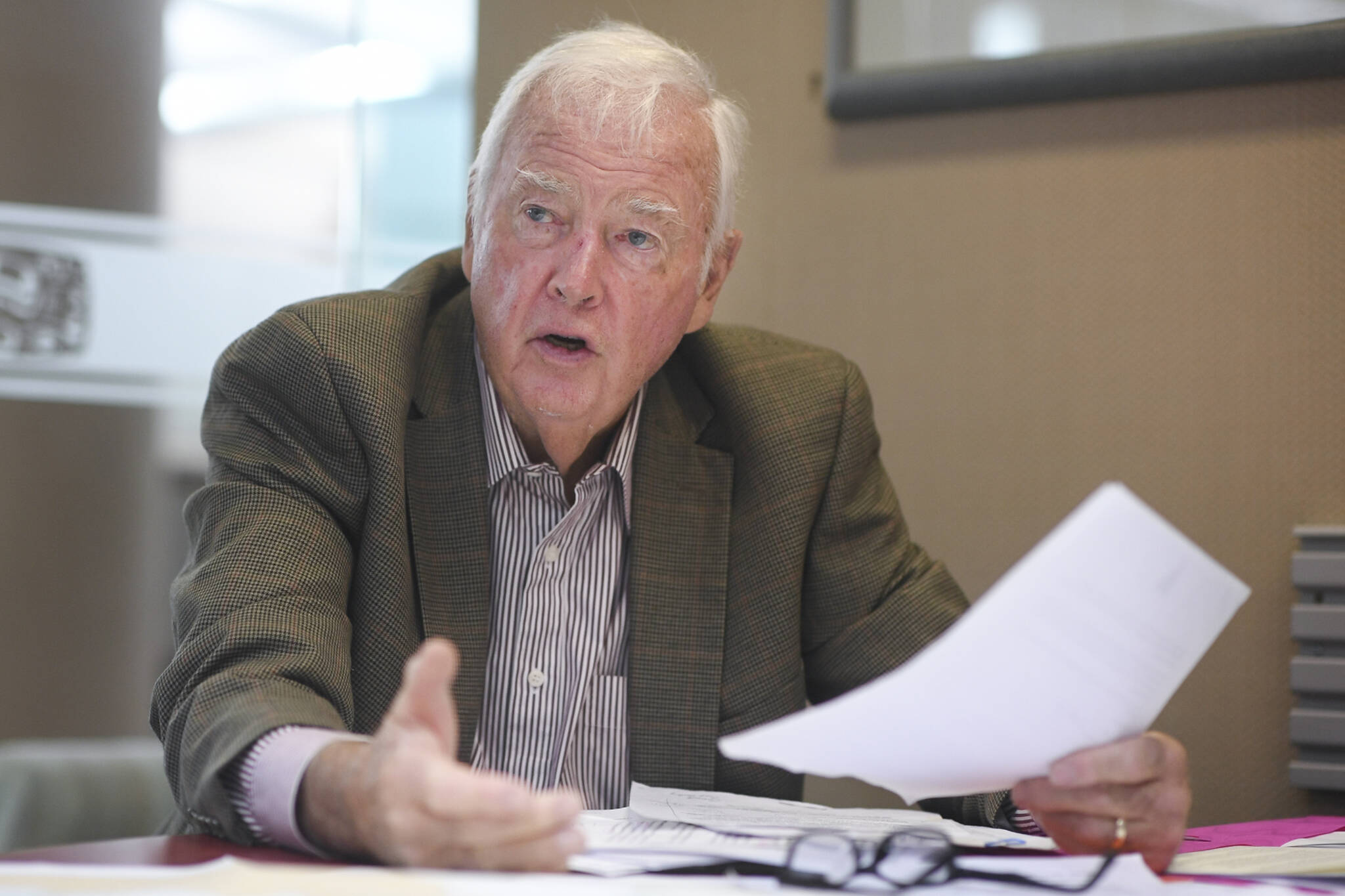The recent announcement by the State’s bank AIDEA (Alaska Industrial Development and Export Authority) and the Alaska Gas development corporation (AGDC) warrants close examination not only by the Legislature, but every Alaskan who might become a ratepayer utilizing the gas.
The AIDEA proposal commits up to $50 million as a backstop in support of an Economic Feasibility study on the proposed bullet gas line. The study would be conducted and initially funded by an unnamed private company. If the study concludes that the project is not economically viable, then the state will be on the hook to reimburse up to $50 million expended on the study. This in effect creates a contingent liability for the state without oversight or approval from Legislature.
The first phase of the so-called bullet line is estimated to cost $11-13 billion. It would deliver North Slope gas to Alaska’s interior and some western Alaska communities. The second phase would be larger in scope to accommodate the LNG export markets of Asia.
The proposal which was approved by the AIDEA board and AGDC represents a significant financial risk to the state. History tells us we are almost certain to end up paying out $50 million.
The combined efforts to bring Alaska gas to the markets of the world as well as supplying Alaska’s needs has consistently run up against the hard economic test of rate of return “vis-à-vis” the risks. It is very difficult for this former banker to contemplate amortizing an $11 billion project with over less than half a million Alaska ratepayers. I wonder how many times we go to the well before acknowledging that it’s empty. Like many others, I don’t see the bullet line as a viable or affordable option. Now is the time to consider other opportunities.
Importing LNG: While maybe necessary in the short-term, it is not a viable long-term solution from either a financial or philosophical perspective.
Transmission line: From the North Slope, the cost is likely to be lower than a bullet line and could deliver sufficient power to the grid but has a single point of failure, something unacceptable to utilities.
Additional investment in gas in Cook Inlet: We should continue to support gas exploration but there is little hope that the impact will be meaningfully beyond a few years.
Significant scaling up of renewables: We all want clean power, wind, solar, tidal, even small modular nuclear are increasingly viable, but without sufficient natural gas baseload or advancement in battery energy storage, this option is only a piece of the overall puzzle.
A more realistic option is the estimated $11 billion cost, a 471-mile rail extension from Fairbanks to the North Slope. A true revenue generator with a broad business case, it could provide all the gas needed from the Slope.
This project would be funded through Alaska Railroad $20 billion bonding authority and not on the back of the ratepayers as in other scenarios. It could also support the Ambler Road project, and the development of a petrochemicals industry for export, reduce exploration and operating costs for the North Slope, stimulating the development of marginal fields thus allowing the producers to book more reserves and increase activity at reduced costs.
One could also contemplate rail evacuating remaining oil reserves via rail someday in the future and turning TAPS into a dry gas line, finally exporting Alaska’s gas to the world via Valdez. Finally, we would take a major leap forward in connecting the Alaska Railroad with the Canadian/U.S. Trans Continental System near Prince George, B.C. This would relieve our state’s sole dependence on marine transportation.
Let’s examine ALL the potential options. Instead of throwing $50 million after one alternative, let’s ask ISER, University of Alaska Analytical Group, to do a back-of-the-envelope evaluation of several approaches and see which one rise to the top. Then we can focus our financial commitment to the alternative that makes the most sense for the next generations of Alaskans.
Frank Murkowski is the eighth governor of Alaska.

